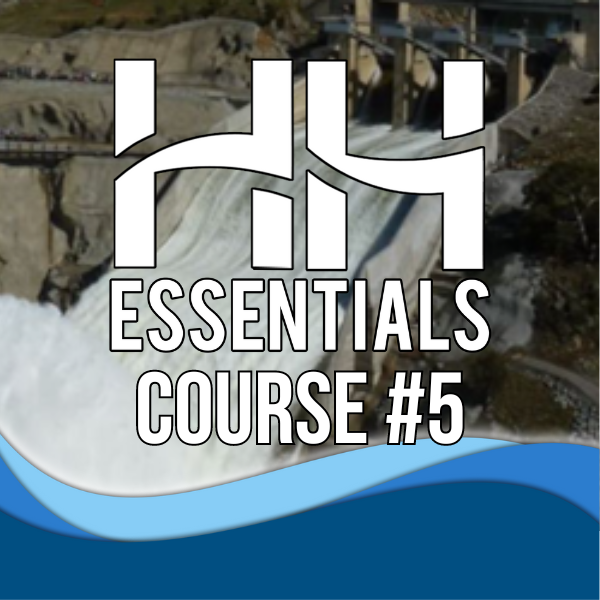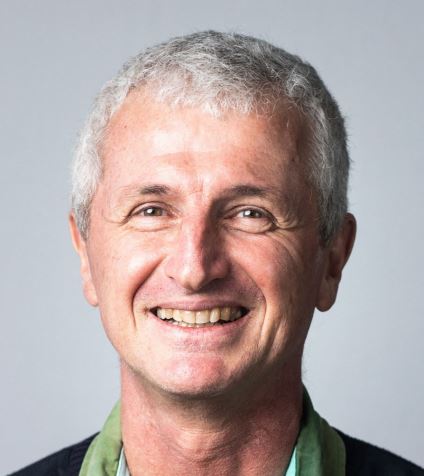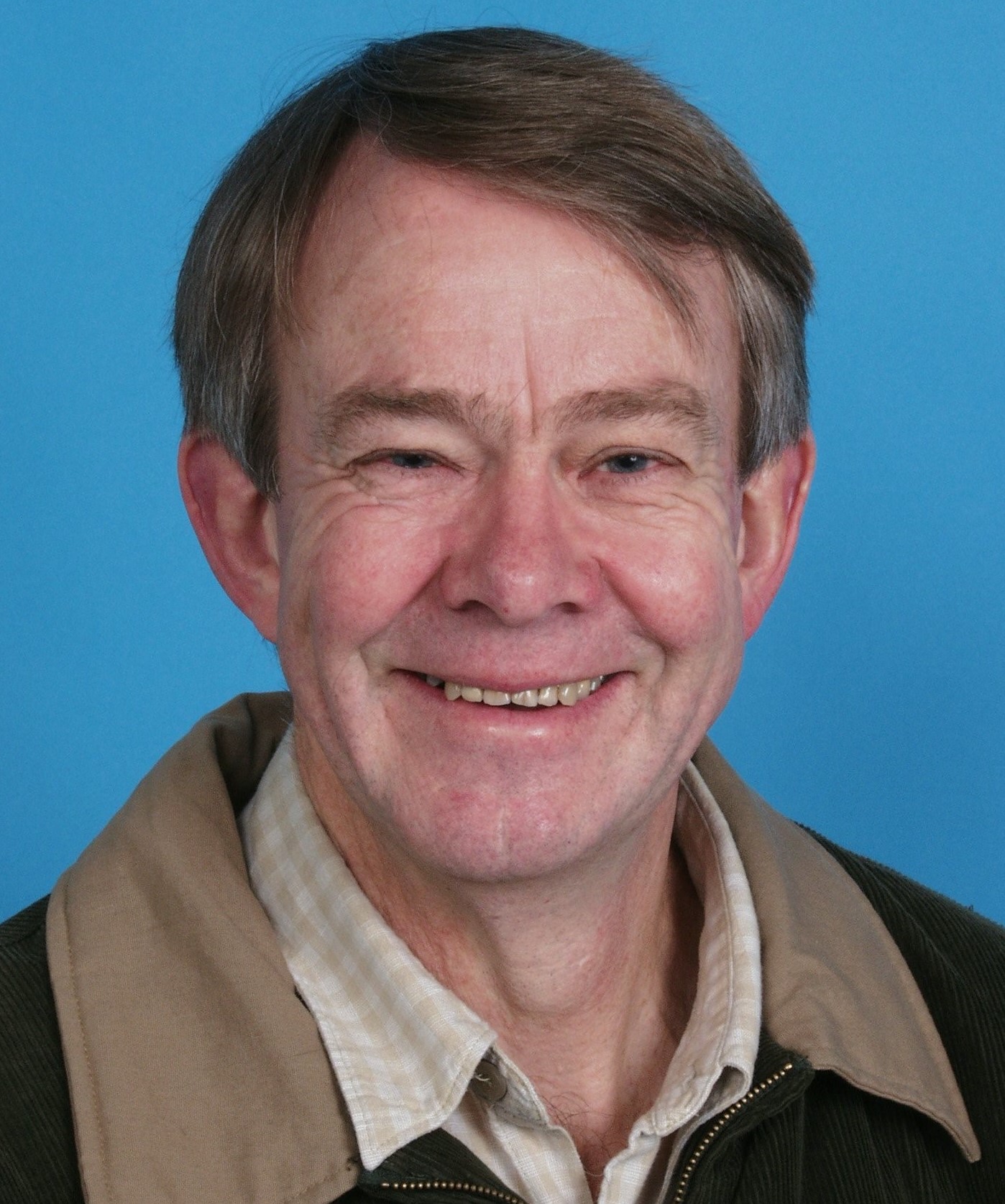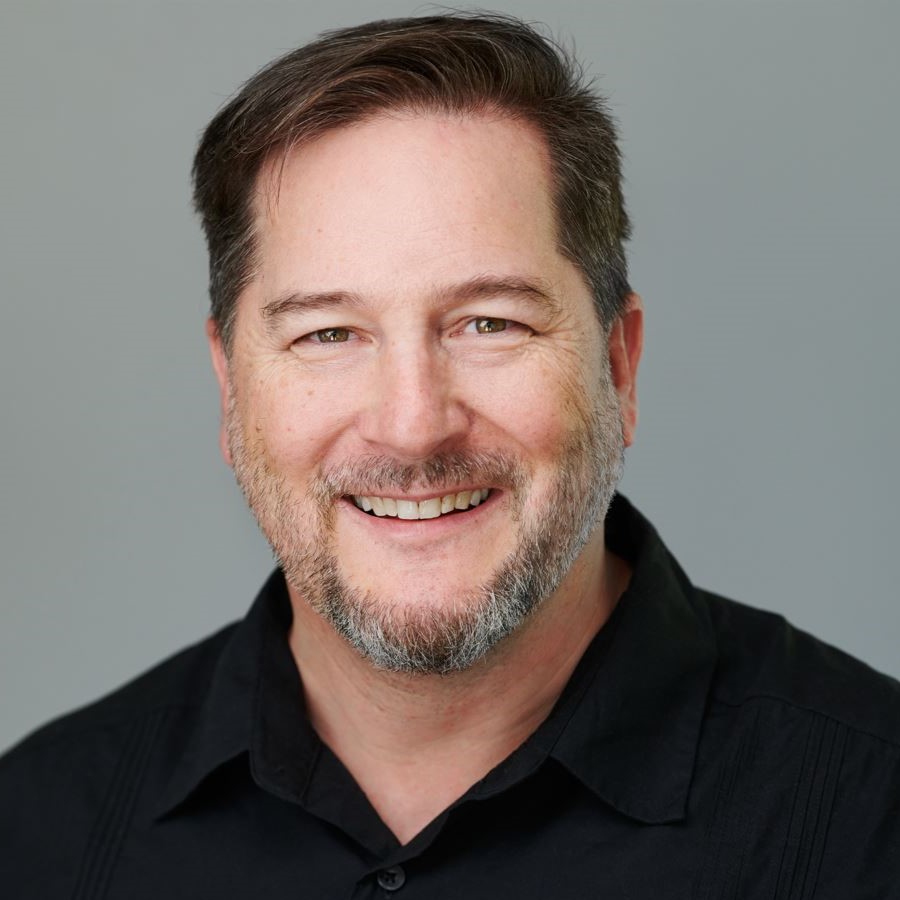On-demand
H&H Essentials #5: Hydrostatics and open channel flow
Principles governing fluid pressure and open channel flow

About
In this 3-hour intensive training course, attendees will increase their knowledge of the principles of physics as they relate to hydrostatics and basic fluid dynamics. Throughout the course attendees will be shown practical working examples, learning hands-on how to compute fluid pressure at any point, determine buoyant forces, and compute energy gradients.
To find out more about the series, see below.
Details
| Format | Take sessions anytime, at your own pace, with unlimited course access for 4 months. |
|---|---|
| Cost | AUD$325 (INC GST) or combine with the full H&H Series and save 15% |
| Code | OD-22-3-060 |
| Contact | training@awschool.com.au |
| Tags | Surface water hydraulics / Surface water hydrology |
Register your interest: https://awschool.com.au/training/hydrostatics-and-open-channel-flow/
Presenters
Hubert Chanson
University of Queensland
Hubert Chanson is Professor of Civil Engineering at the University of Queensland, where he has been since 1990, having previously enjoyed an industrial career for six years. His main field of expertis... Read more
Evan O'Brien
Genesis Hydrology
Evan is an RPEQ-certified engineer with 17 years of experience in water resources design and civil site construction roles. He has worked on a wide range of projects including hydrological and hydraul... Read more
Martin Hendriks
Utrecht University
Dr Martin R. Hendriks is Associate Professor (retired) of Physical Geography & Hydrology at the Faculty of Geosciences, Utrecht University. He studied Physical Geography at the University of Amste... Read more
Robert Keller
R. J. Keller & Associates and Monash University
Dr Keller has worked exclusively as a hydraulics engineer and modelling specialist since 1972. His main areas of expertise are steady and transient flow analyses of pipe network and irrigation syste... Read more
Krey Price
International Water Training Institute
Educated at the University of California at Berkeley, Krey is a civil engineer and project manager with international experience in water resources. He is engaged in computational modelling, engineeri... Read more






